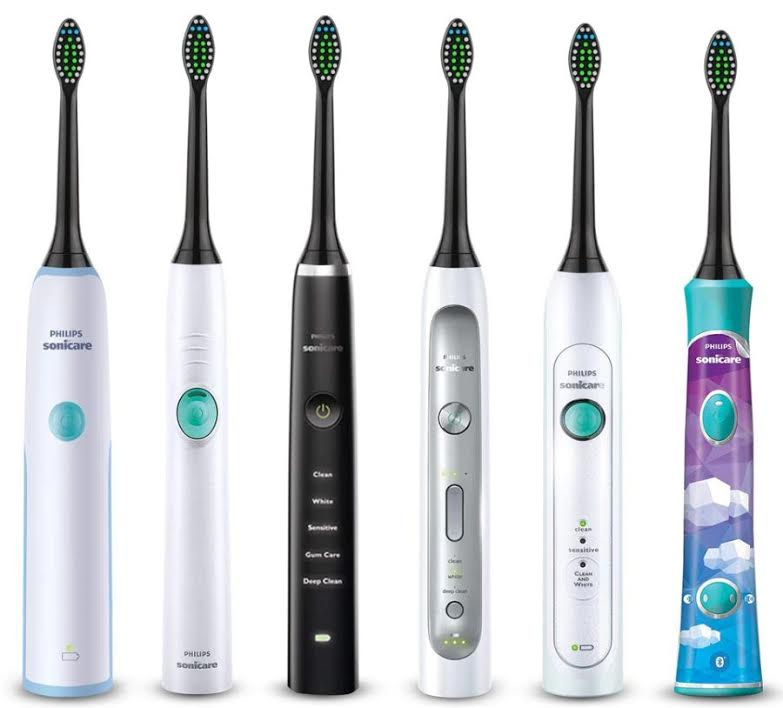Brushing our teeth is something we all do every single day. Be it with a manual toothbrush or cleaning with an electric toothbrush, it’s a vital part of our everyday hygiene routine, so it’s well worth knowing what the best way to brush is for your oral health.
In this article we’ll cover the pros and cons of each so you can make an informed decision when it comes to brushing your teeth.
Manual toothbrushes
Manual toothbrushes have long been the go-to way to brush our teeth. Complete with nylon bristles and a plastic handle, they require no power supply and are always available to buy from the shops when you go for a weekend away and forget to pack your toothbrush. While they’re often cheap and convenient, there are a few things to be aware of when brushing with a manual.
- Brushing technique
To get to all those hard to reach areas, such as the wisdom teeth or the inside surface of the teeth, it can sometimes be tricky when using a manual. The shape of the head of a manual brush means it can often be restrictive. It’s hard to avoid using a sweeping motion with the bristles, instead of a circular motion which gives an all over better clean.
- Change your brush regularly
When you brush with a manual it’s important to make sure that you change your brush regularly. The bristles can quickly become out of shape and provide you with a clean that’s not as thorough as usual, leading to a build-up of plaque or decay.
Electric toothbrushes
Electric toothbrushes are often regarded as the best way to clean your teeth for a thorough clean. The electric powered rotations mean you can remove any plaque from the teeth with ease. The smaller, different head shapes of electric toothbrushes also means getting into all those hard to reach places is simple, putting you in good stead for a clean bill of oral health.
Some of the other things which make using an electric toothbrush preferable include:
- Timers
Many automatic toothbrushes, such as Philips electric toothbrushes, are better at removing plaque from the teeth as they have a timer which keeps you on track for brushing for the recommended amount of time. The timer is usually set for two minutes and beeps when you’ve reached the two-minute mark.
- Apps
Some electric toothbrushes on the market even come with Bluetooth and connect to an app which helps you track the areas you’re brushing via your phone. Using the app on your phone you’re able to see areas which you’re missing, places you’re applying too much pressure and areas are highlighted which require a more in-depth clean.
- Different speed settings
One of the biggest advantages to brushing with an electric toothbrush is the amount of different speed settings that are available. From settings for polishing teeth to brushing your tongue, the variety of settings mean you can really give your teeth, gums and tongue a thorough clean. By using different speeds you can really make sure your teeth and cleaned thoroughly and reduce the chance of any plaque building up.
- Portable cases
Many electric toothbrushes now come with a handy portable case which means you can take your toothbrush with you wherever you go. Whether that’s for an overnight stay or if your heading away on holiday, you’ll never need to be without your favourite toothbrush and the case keeps it clean and protected from any potential damage.
Ultimately, there are many advantages of brushing your teeth with an electric toothbrush over a manual one. But, if you use the right motion and take enough time and care over your teeth both get the job done.
This content is sponsored by Philips.

